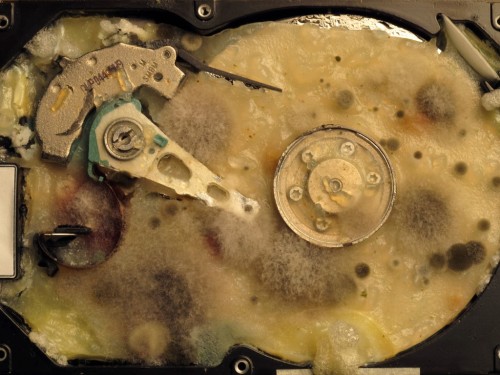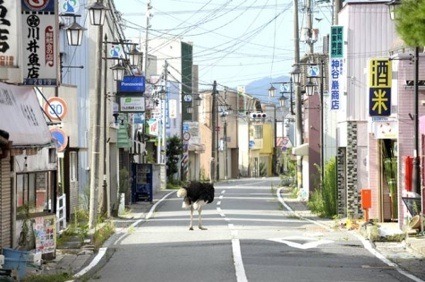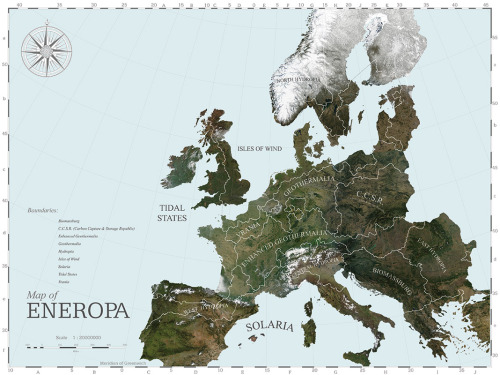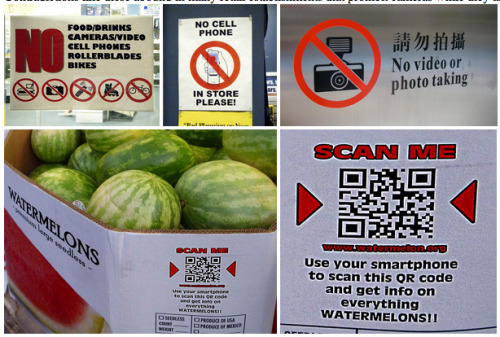
(This post has been rattling around in my draft box for a while and as such is a little overwrought. The topic has developed into a much larger theme, but in the interest of keeping things moving, here is a starter)
The rectangle, that most primitive of Euclidian shapes, dominates the design of digital objects to the exclusion of almost everything else. Industrial designers have long bemoaned the lack of variety in their industry, resigning themselves to a world of frames and bezels. As I write this Apple are launching their latest rectangle: the iPad mini. It seems so natural and logical for digital products to be this shape, which probably means there’s good reason to take another look. Today’s question: why are screen based devices rectangular?

Biology. When discussing the reasons why rectangles dominate vision-centric devices, human field of view is often cited as a primary driver. Our eyes are designed to have cones of vision with a bias towards the peripheral, that’s to say humans can see wider than they can see high. If we’re talking about immersive movie screens such as IMAX that might make some sense, but hand held digital devices occupy such a narrow portion of this cone of vision that this argument becomes almost meaningless. Furthermore, if we were truly reflecting the human field of vision, screens would be laterally stretched, roughly elliptical shapes at a ratio of approximately 200:135, something akin to the Mollweide projection. (side project: IMAX for pigeons, given their field of view as a constraint…)

Legacy content, manufacturing and cultural norms. “My only working principle, whenever we make something, is rather ruthlessly to concentrate on that rectangular screen on the monitor as I’m filming… because that rectangle is all the viewer cares about too. Whatever device that rectangle is on may keep changing, away from the home and onto the tablet, but it’s still those same four sides enclosing what you’ve made” - Armando Ianucci, Bafta lecture, 2012
Perhaps the most obvious reason for the prevalence of rectangular screens is the format of the content. If you have a series of rectangular pictures it makes sense to project them onto a rectangular screen, but why were those pictures rectangular in the first place? If we arrange a series of optical lenses, physics dictates that the image generated will be circular, yet photography began life as a rectangular, planar endeavor. This was primarily due to the mechanical production of the active substrate, be that a glass plate, treated copper or cellulose. The circular image was projected onto this surface and anything which fell off the edges was eliminated. Producing circular substrates is both tricky and wasteful, so it seems sensible to make efficient use of your material by choosing a tessellating shape such as the rectangle. Prior to photography, painting also faced similar challenges, where simplicity and waste (of canvas) dictated rectilinear shapes.

TV is an interesting chicken and egg story. When the earliest TV screens were produced they were manufactured from blown glass vessels with a cathode gun at the rear. The image appeared by bending the beam of cathode rays onto an active surface inside the glass. It made sense that the very first TV screens were circular, from a glassblowing and beam-bending perspective, but content demanded that screens shift towards the rectangular. Well into the 1990′s TV screens were non-planar with rounded corners and radiused edges. It took considerable time and effort to bend the cathode ray sufficiently to allow it to reach the corners of an increasingly rectangular viewing area. LCD panels changed this approach by directly feeding each pixel from the borders of a glass panel, and the truly flat, rectangular screen was born. When we look at how LCD screens (and OLED etc.) are made, it involves cutting large glass sheets into smaller ones. The same rules of tessellation and waste faced by photographic pioneers exist in the flat panel factories of today.
Throughout all of these pragmatic reasonings lies a deeper truth. Rectangular content is rectangular because it always has been. It has become the cultural norm. It is entirely logical and natural that this cultural norm continued from papyrus to painting, into photography, through film and into TV. When the computer emerged as a successor to the typewriter, there was no logical reason to stray from the many hundreds of years of columnar text and printing. When books transitioned into e-readers the trend continued once more.

Cultural norms and standards also make their way into the production tools of today. Whilst the world of film constantly argues about exactly which rectangle to use (and subsequently the smartphone, tablet, TV and laptop industries) there are some established standards in the development of content. Every production tool for film or pixel-based work uses a standard XY rule to position each element, either relative to the centre or one corner. These standards have emerged over time and are widely understood. Non-rectangular screens would require a whole new approach to the development of not only the content, but the tools used to create it.
Legacy content, cultural norms, manufacturing and production standards continue to be the main drivers behind rectangular screens. It’s unlikely that we will see a huge shift any time soon, but that shouldn’t make it an open-and-shut case. I think a few things are on the horizon which might herald a change.
It’s hip to be square. Whilst, strictly speaking, a square is a very special sort of rectangle, it’s clear that in the world of photography the square is back. Medium format cameras have long held cachet for their square format negatives, and polaroid has been a consistent favourite amongst the world’s hipper communities. Instagram has also become a huge force in the world of photography with their strictly square format. This cropping of images will push it’s way deep into the collective psyche, and we could see the end of landscape and portrait in some point and shoot devices. Lytro could mark the start of this.

The emergence of the non-planar. As mentioned, liquid crystal screens are typically made of glass, not known for it’s flexibility, but the last decade has seen a huge amount of work in the field of flexible displays, which replace glass with flexible polymers. The use of such technology tends to fall into two categories: the first uses the flexing properties literally and proposes products which bend or roll when not in use. Having been close to a few prototypes of such devices I think this is folly, at least in the short term. More interesting is the use of flexible screens to wrap content around hard objects. When the bend radii and durability are improved we’ll be able to manufacture products with a portion of the display which wraps over the side, corner or around to the front. This will have huge implications in the design of content and how we use our screens.

Differentiation. The rectangle is such a pervasive form in digital objects that room for competitive differentiation is running out. As the recent legal debacle between Samsung and Apple illustrated, the world’s largest manufacturers are now squabbling over who owns what. This could ultimately lead to new forms, new display arrangements and new display surfaces, as companies desperately try to stand out from the crowd. Whilst considered a commercial failure, the palm pre was interesting not only for it’s tiny form factor, but the UI which added radiuses at the corners. This was cute, but what if the radiuses touched to form a circle? As I understand it, circular screens are no more difficult to produce (potentially) than rectangular ones, it would just require some careful work to feed each pixel. Aside from differentiation, circular screens are uniquely scalable. A circle is a circle. There are no widescreen circles, no 4:3 circles, there are no content proportion changes whatsoever, from the tiniest device to the largest. Sharp, Toshiba and LG have been squirrelling away on circular displays, but it seems they’re struggling to find an application beyond clocks. If this application can be found, we would see investment in these technologies grow.

Evolving content. We currently live in a world of devices which we expect to mimic artifacts from the past. We expect movies, photographs, documents and books to appear as we remember them, but as more ‘things’ become digital we will move into a world where there are no precursors. Products such as Nest are a good example of this (which actually uses a rectangular screen masked to appear circular). Once we free ourselves from the world of video, browsers and documents and begin to think again about interaction, we can clearly see that the rectangle makes no sense beyond tradition, availability and cost. There is absolutely no reason why your lamp should be controlled from a rectangular screen, or your golf club, or your plant pot . None whatsoever.
Rectangular screens make sense for now, but how was anything ever accomplished by maintaining the status quo? Innovation in screens has focussed on resolution, platform (CRT/LCD/OLED/eINK etc), visual performance (3D, color density, brightness) and touch interaction, but throughout all this there has been one assumption: that the screen will remain rectangular ad infinitum. As Samuel L Jackson said in the Long Kiss Goodnight “when you make an assumption you make and ass out of you and umption”, so perhaps we should keep our minds open to the potential for new geometries in the future. That said, perhaps even the notion of a screen is arcane. A host of research labs around the world are working on polymers which use chlorophyl or synthetic squid inks to allow three dimensional shapes to act as topographic display surfaces. Finally the line between product and screen might actually vanish. That would be fun.















